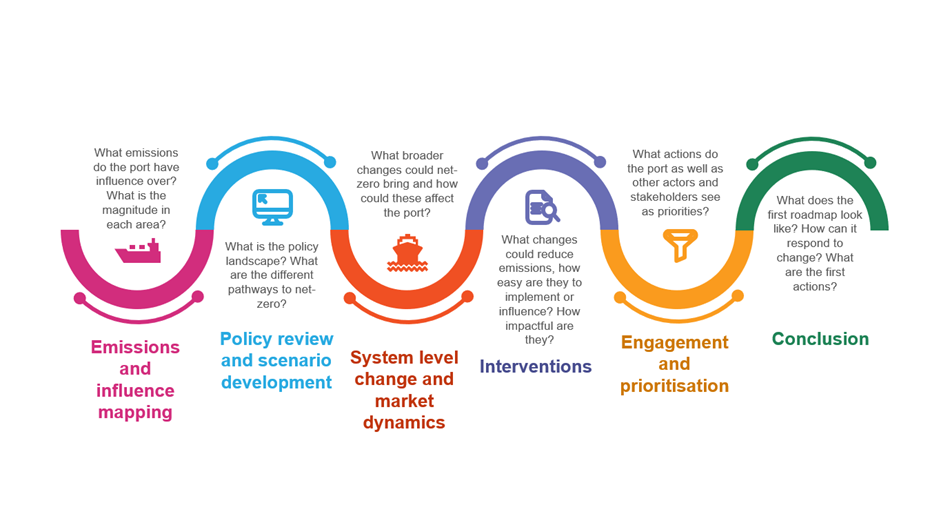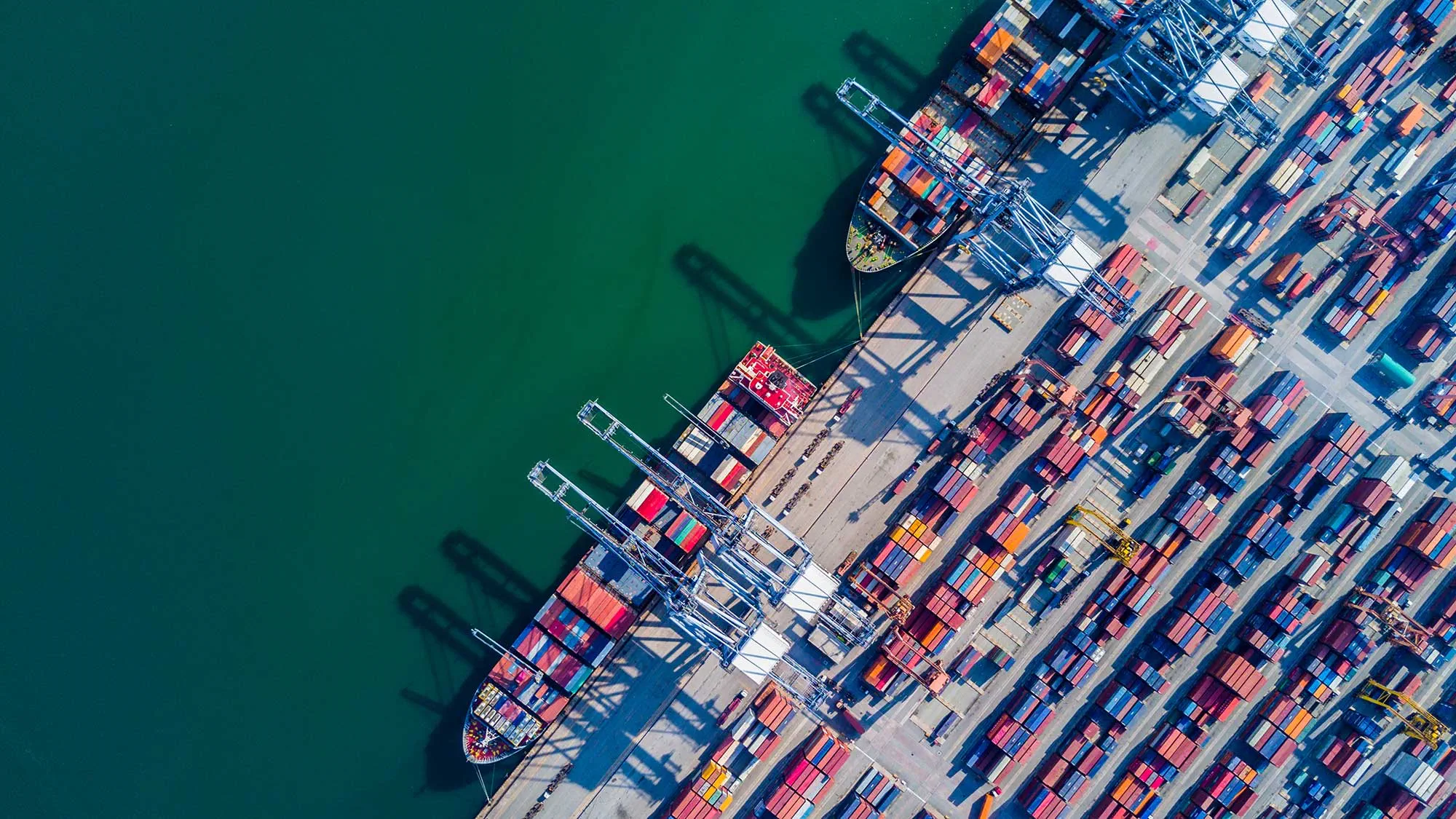As countries ramp up action against climate change and transition their economies towards net-zero greenhouse gas emissions, new practices and opportunities are likely to arise for their ports.
Our research shows that, as well as planning for decarbonisation of operations within their boundaries, ports can expand their service offerings into new areas by considering the system-level change that decarbonisation will bring. Although ports and shipping make up a relatively small proportion of the countries’ greenhouse gas emissions, they have a valuable and significant part to play in the decarbonisation challenge.
The changing energy equation
The coming decades will see industry, transport and heating shift away from direct use of fossil fuels and move to hydrogen and electrification. Ports – with LNG import facilities, links to offshore wind farms and their own demands for low carbon fuels – could become a natural site for hydrogen production, import/export and storage. As carbon capture and storage technology develops there could also be opportunities for new or adapted port facilities that handle liquified carbon.
By coupling electrification of port and shipping operations with onsite generation, smart energy management and battery storage ports can embed resilience into their future energy systems.
New roles for ports
Other changes are foreseeable. As the types of traded goods alters – in particular a move away from liquid bulk imports – opportunities for repurposing of existing infrastructure and different land use can be explored.
A properly managed coast also has the potential to naturally sequester huge quantities of carbon in wetlands and marshes. Future carbon sequestration markets could provide ports with incentives to rethink how land is use within port limits. With the right incentives, short sea shipping could also act as a low carbon alternative to HGVs while green road freight is developed, in particular for areas with poor existing intermodal connectivity.
New connections, new collaborations
These changes will present new opportunities for ports to collaborate with local industry, businesses and community groups. For example, as the city moves towards ambitious decarbonisation targets, The Port of Oslo has linked up with a local waste to power facility to use their biogas waste and excess heat. Copenhagen Malmo Port is working with the local municipality and utility company to develop a power storage that can also be used by the city.
The case for change
The mechanisms for delivering the green transition are still being developed, with huge questions to be answered on where costs fall and how to ensure just social outcomes. Nonetheless, by acting first, building flexibility into infrastructure planning and seeking new opportunities in net-zero systems, ports can gain competitive advantage and future-proof their organisations.
Developing a net-zero roadmap
At Arup, we have developed a framework for ports to establish an organisational net-zero roadmap. This process helps realise the benefits that system-level consideration of decarbonisation trends can bring, whilst also facilitating emissions reductions in ports’ direct control and their zone of influence.

Across the world the response to climate change is both national and regional. In the UK over 250 councils have declared a climate emergency. In this new world, the production of new port and industrial infrastructure will be heavily shaped by net-zero ready and climate adaptable plans. By re-imagining and planning ports’ role within a new, dynamic green economy, we can help unlock development and growth.
 ;
;
